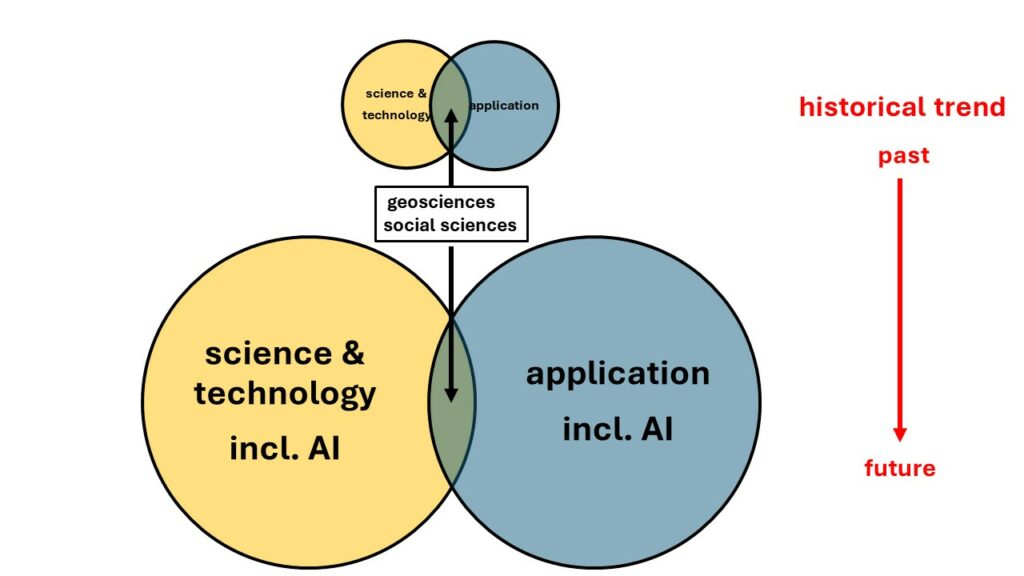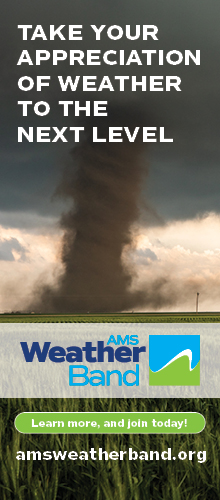Earth’s atmosphere is warming, but when it comes to institutions of marriage and honeymoons, the air seems cooler, bordering on frigid. Statistics show that marriage is on the decline, especially in the wealthier countries. The duration and scheduling of honeymoons are increasingly constrained or delayed, by work demands and other factors.
The same seems to hold true of the so-called honeymoon period – that short stretch of time at the beginning of a new job, political government, etc. that is – or used to be – free of criticism.
An example, close to home: at the close of COP-28, a blogpost on the UN website was upbeat,
COP28 closed today with an agreement that signals the “beginning of the end” of the fossil fuel era by laying the ground for a swift, just and equitable transition, underpinned by deep emissions cuts and scaled-up finance.
In a demonstration of global solidarity, negotiators from nearly 200 Parties came together in Dubai with a decision on the world’s first ‘global stocktake’ to ratchet up climate action before the end of the decade – with the overarching aim to keep the global temperature limit of 1.5°C within reach.
but went on to acknowledge that work remained:
“Whilst we didn’t turn the page on the fossil fuel era in Dubai, this outcome is the beginning of the end,” said UN Climate Change Executive Secretary Simon Stiell in his closing speech. “Now all governments and businesses need to turn these pledges into real-economy outcomes, without delay.”
But COP-28 participants and their 70,000 hangers-on were barely able to board their flights from Dubai before the spin went the other way and the criticism began. A sampling:
The Guardian’s Jonathan Watts was quick to weigh in, publishing a list of winners (the oil and gas industry, the recipient of many favorable loopholes; the United States and China, relatively unconstrained going forward; Sultan Al Jaber; clean energy companies, in for a bonanza; lobbyists) and losers (the climate, small island states, climate justice, future generations and other species, scientists). The details are worth the read. With respect to the climate, for example, Watts stated that
The Paris Agreement’s most ambitious goal of limiting global heating to 1.5C was left nominally alive by Cop28, but has been killed off by the lack of urgency and specifics in the agreement. Despite the hottest summer in 120,000 years, the oil, gas, coal and farming companies that are heating the planet can continue to expand production for the foreseeable future.
Writing for the New York Times, David Wallace-Wells’ skeptical take included this takeaway: …despite Al Jaber’s claim that COP28 has kept the 1.5 degree goal alive, hardly anyone believes it’s still plausible.
(Similar skeptical reactions are easy to find online.)
One special sticking point for COP-28 and the critics has been the issue of loss and damage payments. COP-28 saw the issue addressed and funds promised, but critics were quickly dismissive. An example, this time from The Guardian’s Nina Lakhani:
$700m pledged to loss and damage fund at Cop28 covers less than 0.2% needed. Money offered so far falls far short of estimated $400bn in losses developing countries face each year…
Wealthy countries most responsible for the climate emergency have so far pledged a combined total of just over $700m (£556m) to the loss and damage fund – the equivalent of less than 0.2% of the irreversible economic and non-economic losses developing countries are facing from global heating every year.
In a historic move, the loss and damage fund was agreed at the opening plenary of the first day the Cop28 summit in Dubai – a hard-won victory by developing countries that they hoped would signal a commitment by the developed, polluting nations to finally provide financial support for some of the destruction already under way.
But so far pledges have fallen far short of what is needed, with the loss and damage in developing countries estimated by one non-governmental organisation to be greater than $400bn a year – and rising. Estimates for the annual cost of the damage have varied from $100bn-$580bn.
Recent LOTRW posts (here, here, and here) have touched on this issue. They’ve drawn comments from John Plodinec. He offers interesting explanations for the paltry contributions to correct loss and damage (including competing needs) and suggests other climate-change challenges (e.g., labor shortages) merit more attention. His second comment was thoughtful and extensive; I’m taking a blogger’s prerogative to reproduce it in its entirety here so that it’ll get the attention it deserves:
Bill:
Maybe not doubling down, but I spotted your not-so-sly attempt to sneak in money payments (again). I won’t go into that (again) except to reiterate that it won’t be the well-off in the well-off countries who will pay.
But let’s look at this in another way – in terms of all forms of capital.
First, governance capital, in this case, how do we prioritize potential investments. As William White has pointed out, we are moving from an Age of Plenty to an Age of Scarcity. The tide of globalization is receding; the number of skilled workers isn’t keeping up with the demand; more and more industry is moving from efficiency to resilience; the supply of energy and – especially – metals is highly constrained; the low-hanging fruits of digital connectivity have been eaten. All this at a time when the cost of financial capital (i.e., interest) has increased to high levels. Not to mention our nation’s unsustainable personal, corporate and public debt.
In an Age of Scarcity, we have to make choices, we – and our representatives – have to prioritize. You point to the dearth of spending on our own infrastructure – where does that rank on our national list of priorities? In particular, we will need massive amounts of financial capital to upgrade our grid so that we can have the reliable power for electrified everything. Reliable estimates are that we’re spending about $10K per person per year on health care. We are supplying arms in support of freedom in the Ukraine and of the only democracy (and our best friend) in the Mid-east. We appear to be woefully unprepared – both in munitions and manpower – to counter an increasingly aggressive China in Taiwan. Our higher education system – once the envy of the world – clearly needs reforming to provide the human capital we’re lacking. The bills for reinventing our immigration and border systems are in the mix as well. Where do all of these rank vs your desire for us to “help” the developing world? And even if it’s high on your list, how much political capital will politicians be willing to risk knowing that “climate change” ranks somewhere in the teens in importance to voters? So significant expenditure of financial capital is probably a pipedream.
Second, human capital, both “ours” and “theirs.” It is becoming increasingly apparent that the US does not have enough technically skilled human capital to meet its own needs. Not enough journeyman plumbers or electricians all the way to professional engineers. And in the developing world, the situation is even worse. Deployment of advanced technologies in some of them is almost impossible simply because of the lack of skilled personnel to operate and maintain those technologies. I am all in favor of taking some of the multi-billions we spend on the UN (for example, but there are lots of targets in our foreign aid budgets) and having exchanges so that developing countries can increase their human capital. This can be a win-win – they build up a core group of the technically skilled by working here, our technically skilled get more experience – and become more adept at coping with scarcity – by working overseas.
We have to keep in mind cultural capital, though. I’ve seen too many attempts by well-intentioned First-Worlders fail because they did not fit the local culture. As an example, a team developed a novel technique – elegantly simple – to provide drinking water to remote villages. The technique was simple enough so that even the unskilled villagers could have easily used it. And yet it failed because the “old ways” were too engrained in their culture.
Bill, I would like to see the developing world develop as much as you do. But I think I’m more like a Fox compared to you as a Hedgehog (think Antilochus). We can’t achieve this through trying to guilt our own people, or by using resources we don’t have, or most of all by forgetting that we achieved our marvelous lifestyle by following a path. A path shaped by our history, our culture, our geography and the adversities we faced. Their paths – the developing countries and communities – start from different places. It’s not even clear how much their paths may intersect with ours. We can point out pitfalls; we can provide advice and counsel; we can and should provide any and all forms of capital (on mutually beneficial terms) to help them along their paths.
But we must – above all – be aware that it is THEIR path. There’s a marvelous little essay by Brenda Phillips: “First Eat the Gumbo.” It details how the Eastern Mennonites approached aiding the people of the Gulf Coast after Katrina. They first sat down with the people and just listened. Only after actively listening to what the people wanted and needed did they offer how they could help them. In my terms, they offered how they might help them walk down their own path. Compared to other groups, the Mennonites’ success was phenomenal. So I suggest that we, too, first eat the gumbo with these less developed countries. We try to discern their paths, recognizing that those paths won’t all be the same. We then and only then should consider what we have to offer each of these, and how by helping them to advance along their path we can advance along our own.
(John provides a very kind coda on all this on his own blog, Resilient Communities.)
What’s more, his position has been eloquently supported by Eduardo Porter, writing in the Washington Post. Porter’s short article also deserves a full read; but only two excerpts are provided here. He opens in this vein:
What’s fair?
The question flares up at every United Nations climate summit. The 28th Conference of the Parties, which ended Wednesday in Dubai, was no exception. Countries agreed to “transition away” from fossil fuels. They were encouraged to come up with more ambitious decarbonization paths. But who should transition first? What should determine each nation’s ambition? These efforts will be expensive. Who should pick up the tab?
The “Global Stocktake” from Dubai, like statements from earlier conclaves, got around these questions with the standard diplomatese: Countries’ commitments should reflect “equity and the principle of common but differentiated responsibilities and respective capabilities in the light of different national circumstances and in the context of sustainable development and efforts to eradicate poverty.”
Countries, it turns out, have rather different takes on this question, potentially complicating efforts to make progress against climate change. Legitimate though the need for equity might be, perhaps it makes sense to set it aside…
And closes with this: …The argument from guilt — built on the assumption that rich nations’ past development and emissions have incurred a moral debt to the rest of the world — will likely short-circuit the best case for action. Better to draw on a different moral principle: to expect results from nations according to their capabilities and to assist them according to their needs. [Emphasis added.] That frame could allow the job to get done.
That might sound a bit Marxist for some ears. But parse it carefully, and it reads like just as much a purely practical matter as a moral principle. It calls to mind Willie Sutton’s apocryphal statement to the effect that he robbed banks “Because that’s where the money is.” If the rich world wants to wait for the poor world to bear a significant part of the climate-change burden, then perhaps we’ll all bake together.
Our honeymoon with Earth is over. Time to experience the joys and live up to the responsibilities of marriage.






